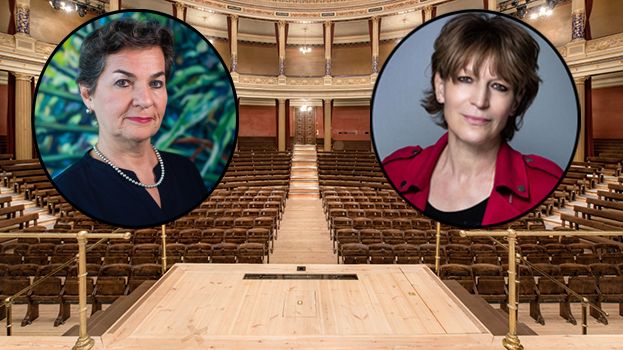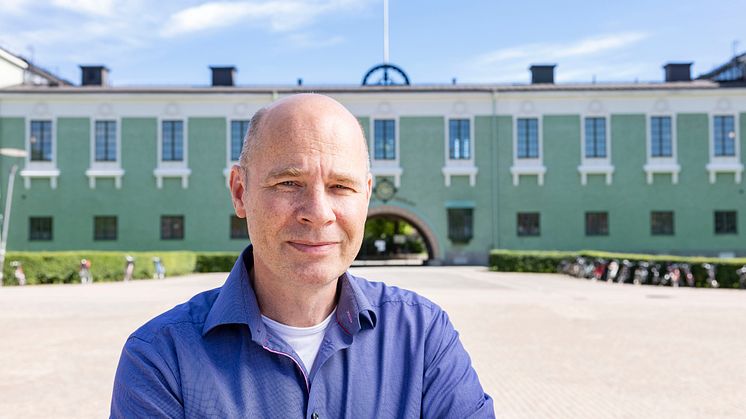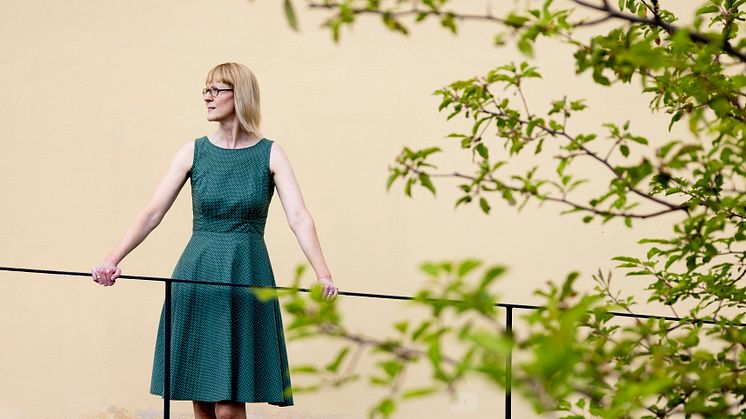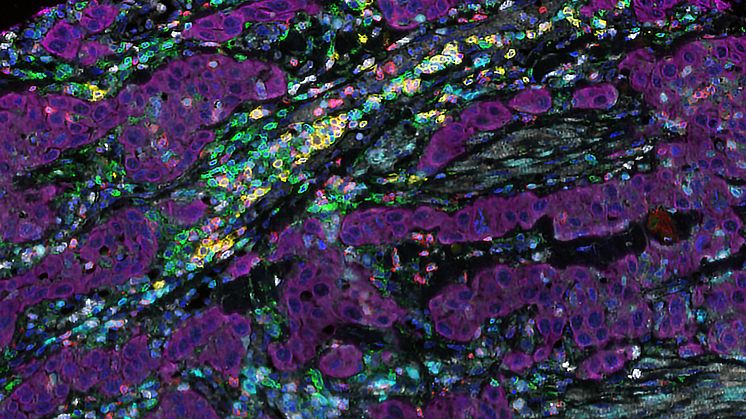
Press invitation: Dag Hammarskjöld Lecture with Christiana Figueres and Agnès Callamard
On 17 September 2021, the annual Dag Hammarskjöld Lecture will take place at Uppsala University’s Aula Magna. This year’s event features both the 2021 Lecture by Dr. Agnès Callamard, Secretary General of Amnesty International, and the 2019 Lecture by Christiana Figueres, chief architect of the 2015 Paris Agreement on Climate Change, which was previously postposed. Journalists and representatives o








